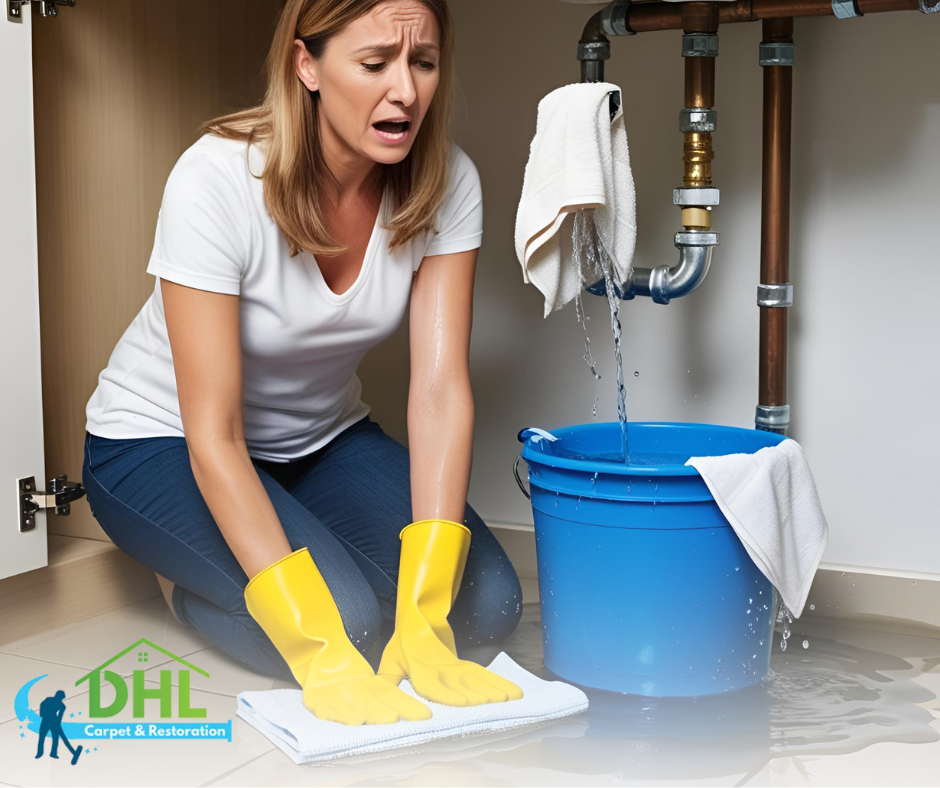Water damage can occur in any home, often when it’s least expected. From small leaks to major flooding, water intrusion can quickly lead to structural problems, mold growth, and costly repairs. Understanding the leading causes of these issues—and how to avoid them—is key to protecting your home. When prevention isn’t enough, professional water damage restoration ensures your property is safely and efficiently recovered.
What Causes Water Damage in Residential Properties?
Several factors can contribute to water damage in homes, and most are linked to common household systems or weather-related events. One of the most frequent culprits is leaking or burst pipes. These can be caused by corrosion, high water pressure, freezing temperatures, or even tree root intrusion into underground lines. Over time, even a slow leak can cause serious harm to drywall, flooring, and insulation.
Appliance malfunctions are another widespread cause. Washing machines, dishwashers, and water heaters often fail due to worn-out hoses or faulty connections. When these systems leak or overflow, they can saturate surrounding materials before anyone notices. Roof leaks, clogged gutters, and foundation cracks also contribute to interior water damage, especially during heavy rainfall or snowmelt.
Sewer backups and toilet overflows pose an additional risk, especially in older homes. These situations not only introduce moisture but also bring harmful bacteria and contaminants into the living space, creating both structural and health concerns.
Effective Ways to Prevent Water Damage
Fortunately, many types of water damage can be prevented through proactive maintenance and timely inspections. Start with regular checks of plumbing systems—look for signs of rust, mineral buildup, or dripping connections. Replace aging hoses and insulate exposed pipes before winter to avoid freezing and bursting.
Make sure gutters and downspouts are clear and direct water away from the foundation. Damaged roofing should be repaired promptly to prevent leaks from worsening. Consider installing water alarms and leak detectors in vulnerable areas like basements, bathrooms, and laundry rooms for early detection.
In moisture-prone regions, sump pumps and dehumidifiers can help control indoor humidity and reduce the chance of mold growth. Also, pay attention to drainage around your home. Grading the landscape to slope away from the house helps keep rainwater from pooling near the foundation.
By staying proactive with inspections, repairs, and moisture control, homeowners can significantly reduce the chances of unexpected water damage.
When to Seek Professional Restoration Help
Even with the best precautions, water damage can still happen. In such cases, acting quickly is crucial. Within just 24 to 48 hours, lingering moisture can cause wood to swell, drywall to crumble, and mold to develop. Professional water damage restoration services use advanced equipment to extract water, dry affected areas, and prevent long-term structural damage.
These experts also assess hidden moisture using thermal imaging and moisture meters, ensuring no damp areas are left untreated. By addressing both visible and hidden damage, they help restore the home’s integrity and prevent recurring problems.
Knowing the causes of water damage—and how to respond—empowers homeowners to protect their property and act with confidence. Prevention is always the first line of defense, but when water finds its way in, expert help ensures a safe, efficient recovery.
Learn more about water damage restoration:
How Businesses Suffer from Water Damage: The Top Causes and Risks

